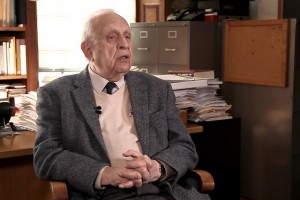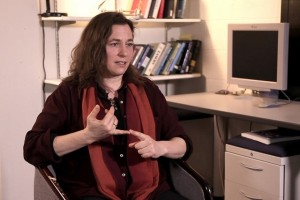The Stability of the Solar System
Institute for Advanced Study Prof. Scott Tremaine on the universal law of gravity, predictability and chaos in...
Can Einstein’s general relativity be used for practical purposes? How accurate are the time measurements with current technologies? Professor of Physics at MIT Daniel Kleppner explains how to measure height using only a clock.
When we first set how to make these atomic clocks, our goals were about the least practical you can think of. Nothing is less useful than general relativity. But it turns out, it is very useful, because it was the development of these clocks which enabled the Global Positioning System. So there was this rather unexpected byproduct of this quest to understand general relativity. It turns out that in the Global Positioning System not only can you detect the effect of gravity on time, you’ve got to take it into account or it just wouldn’t work. From being a rather abstract idea that you’d like to somehow witness it becomes a very urgent thing for the conduct of human affairs.
The problem is what you mean by height. Height from where? There’s a theoretical surface of the Earth, the geoid. The gravitational field is constant over the geoid. You’d like to measure height from that. But it’s very difficult to locate the geoid, and, in fact, the geoid itself is fluctuating around, because the shape of the Earth is changing and the distribution of mass on the Earth changes as water moves around and the climates change so the geoid is kind of fluctuating.
What Rabi was proposing was to put to use a technique he had developed just about seven or eight years before then and for which he got the Nobel prize in 1944 which is called “molecular beam magnetic resonance”. This is a technique for measuring spectral levels in atoms and molecules which are not at optical frequencies, but are, in this case, at microwave frequencies. He pointed out that if you can see these transitions at microwave frequencies you could lock the oscillator, you could just keep tuning the oscillator so it sits on this transition. In that case you have an oscillator or frequency standard which is as stable as the atom itself. That’s the principal of the atomic clock.

Institute for Advanced Study Prof. Scott Tremaine on the universal law of gravity, predictability and chaos in...

Physicist Roy Glauber on light, quantum coherence, and development of the laser

Physicist Susanne Yelin on the perfect lens, the way to achieve negative indexes of refraction, and the challe...